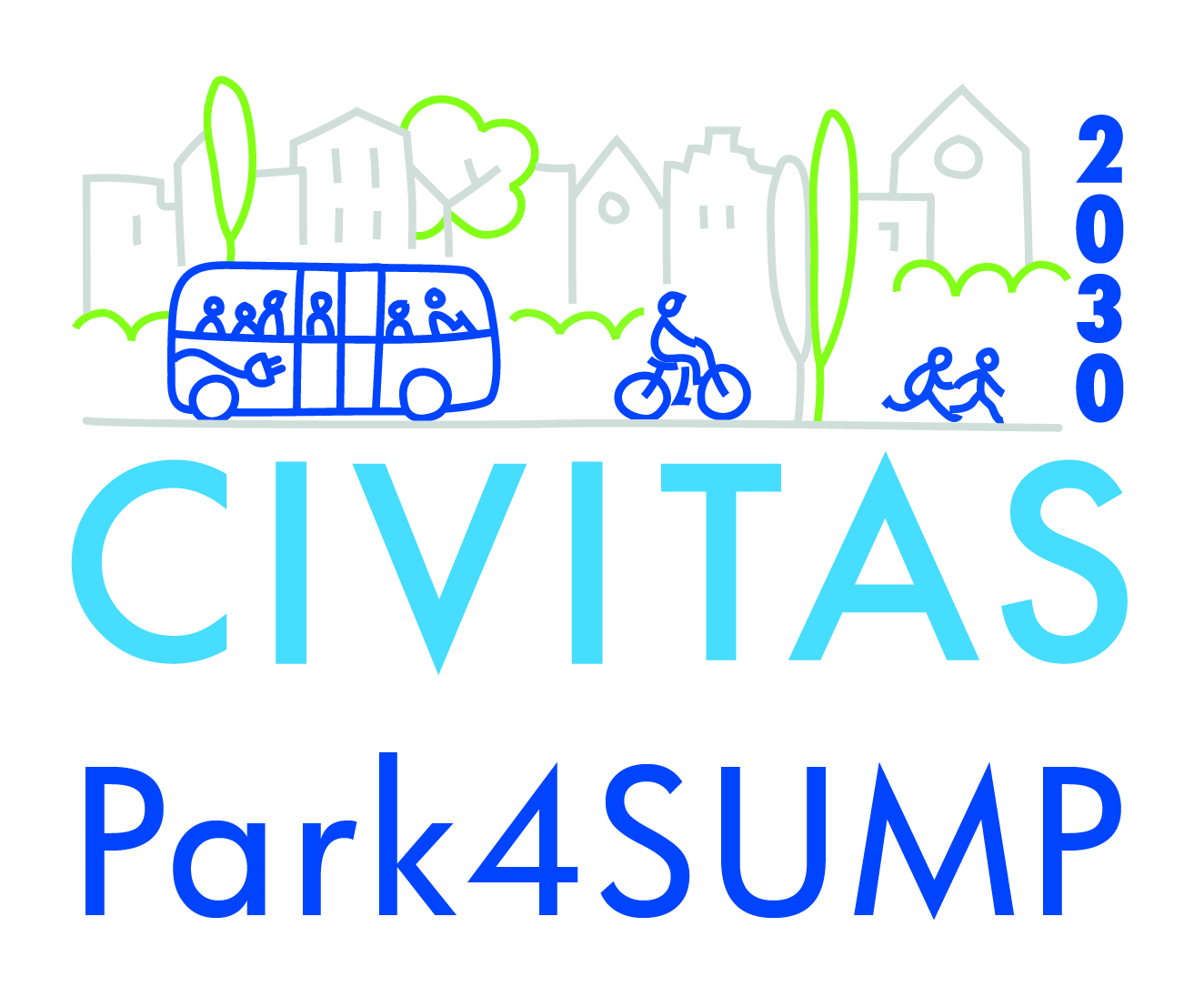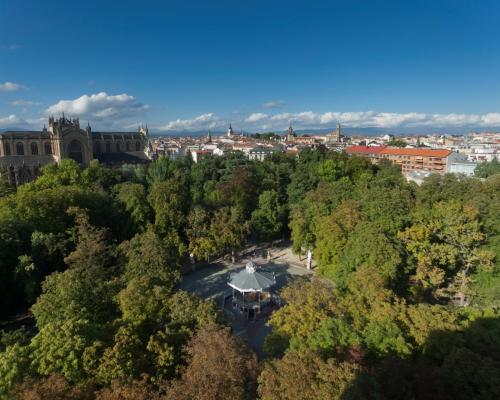Vitoria-Gasteiz
Vitoria-Gasteiz is the capital of the Basque Country, in northern Spain. At the beginning of the 21st century, unprecedented growth of the city challenged Vitoria-Gasteiz to live up to its reputation for sustainable urban planning. The city held the title of European Green Capital in 2012.
Vitoria-Gasteiz is comprised of concentric circles, with the city itself at centre. The Green Belt, a semi-natural green area partially reclaimed from degraded areas, surrounds the centre and brings nature into the city. The third circle is dominated by forestry and mountains. The city has a high proportion of green public areas, ensuring that the entire population lives within 300 m of an open green space.
Regarding mobility, in the final decades of the 20th century changes to the modal split were causing a significant negative impact on the environment. Private transport was gaining prominence to the detriment of public transport and walking. To deal with this situation, the Sustainable Urban Mobility Plan was drawn up in 2008, which would constitute a frame of reference for moving towards sustainable mobility. The priority objectives of the SUMP was to reduce the number of journeys, reverse the trend of the modal split by promoting public transport, cycling and walking, and recover the value of public space as a place for enjoyment and coexistence.
To achieve these goals, different innovative solutions have been put in place. The process has sought to involve political representatives, municipal technical experts and social agents. Moreover, a comprehensive approach has been adopted to change the city’s mobility pattern, jointly addressing mobility and public space.
In addition, other innovations have also been incorporated of a more technical nature, including the creation of superblocks, which involves reordering public space around a main network of priority roads, thoroughfares and “islands” of traffic calming. The remaining networks are then reordered around this layout: the public transport network has been redesigned to boost its competitiveness, cycle routes have been redirected along some main roads and some secondary roads passing through the superblocks and a route of urban paths has been proposed in which the pedestrian has priority.
As for mobility objectives, the modal split has been reversed, probably the most important result obtained from the development of these innovative solutions and the implementation of the SUMP as a whole. The use of cars has reduced (down to 25 %) and travel by public transport, on foot and by bicycle has increased. In addition, public spaces have been recovered as places for coexistence and for travelling on foot and by bicycle. And, above all, despite some shortcomings still to be resolved, the foundations have been laid for future urban development that respects the environment.
The Environmental Studies Centre (CEA) is a municipal autonomous entity whose mission is to look out for the sustainability in Vitoria-Gasteiz, with the following aims:
-
Gathering, management, use and analysis of the best information available for the formulation of more efficient urban and territorial policies.
-
Analyse the operation of the municipality (and its bioregion) as an environmental, social, and economic system, for more efficient planning.
-
Strengthen the municipal plans and programmes towards new more sustainable circumstances in the city and territory.
-
Promote education, information, awareness and participation of citizens on urban and territorial sustainability, ensuring the participation of all social and economic agents involved.

